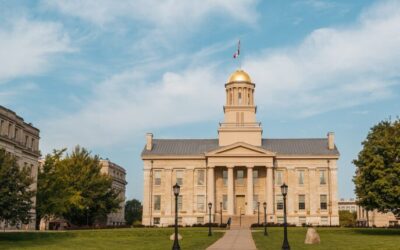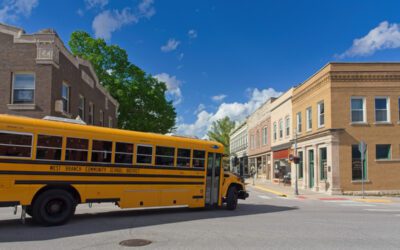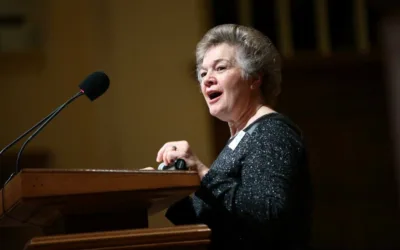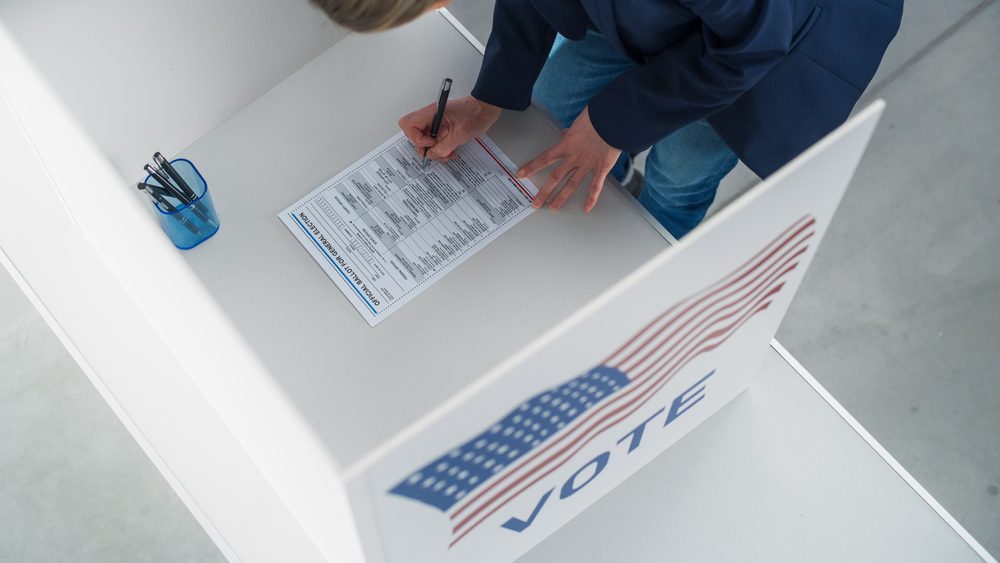
Photo: Gorodenkoff/Shutterstock
There are 55 bond measures on the ballot for Iowa’s Nov. 4 election. Of those, 41 come from school districts that need improvements and renovations beyond what the state education budget can cover. It’s one of the largest bond cycles in state history—but what’s driving it?
“I’ve worked in the Cedar Rapids Community Schools for 36 years with at-risk youth, particularly with behaviorally disordered children in the high school and middle school.”
Molly Donahue—who graduated from the Cedar Rapids district, as did her parents and grandparents—knows that public schools are at the heart of Iowa communities.
“It is something that is near and dear to my heart and it’s one of the reasons why I actually ran for office—to push for better public schools,” said Donahue, who has represented Iowa Senate District 37, which includes parts of Cedar Rapids, since 2022.
This election year, Donahue is backing bond referendums—including $117 million dollars of proposed renovations at three middle schools and one high school in her district. If approved by voters, the district says the funding would modernize historic schools, ensure safe, up-to-date facilities, and improve accessibility for Cedar Rapids students.
Why do districts need bonds?
There are 55 bond proposals going before Iowa voters on Nov. 4, for a total of $1.6 billion in proposed funding. 41 of those are school bond proposals.
Iowa school districts rely on bonds to fund large capital projects, like building new schools, renovating existing facilities, upgrading technology, and improving security and energy efficiency—all things they can’t afford with their existing revenue.
“That goes to show you that there’s a lot of need in our districts across the state,” said Chad Schumacher, Director of Operations for the Cedar Rapids Community School District.
In Iowa, school bonds are essentially loans that schools take out for set periods of time, usually 20 years. In approving a bond issue, voters in the district agree to repay the loan, with interest, through their property taxes.
Schumacher said there are so many bonds this year because of increasing school needs and because the Iowa Legislature made a change. “It used to be that we could go in different parts of the year,” Schumacher explained. “Now we’re bound by the law that we can only go out and ask on a general election night, so that the first Tuesday after the first Monday in November is the only time that we can put a bond on a ballot.”
Until 2024, districts could ask voters for a school bond more than once every 12 months. Now, November is the only option. Bonds require a supermajority of 60 percent approval to pass, a significant undertaking for districts.
“It’s quite scary, actually. If any politician were to get 52 percent or more in an election, they would be really excited about that,” Schumacher said.
“We have to get 60 percent or higher, so it’s a tall task. But we’re also optimistic that the work that we put into this from the beginning until now has really set us up for a runway to success.”
Campaigning for Cedar Rapids
“It’s been about a year’s worth of work, with a lot of feedback from our community,” said Schumacher.
The district, which is the second largest in Iowa, revised a previous proposal in response to community feedback. They dropped plans for a new middle school and focused instead on improving four existing schools.
These revisions allowed the district to cut proposed costs by nearly half, to $117 million. If passed, the average household in the district would see a monthly tax increase of $7.47.
Over the last decade, enrollment at Cedar Rapids schools has declined. Many of its buildings also need maintenance.
Schumacher said the proposed investments would save money in the long term by reducing the number of district buildings. Improvements to existing buildings—including new heating and cooling systems and windows—would also reduce operational costs.
“We feel like we’re asking for a reasonable amount,” Schumacher said. “We haven’t asked our community to support a bond since 2000—it’s been about 25 years.”
Success depends on community
The success of a bond measure depends on local support—not the political party in power at the state legislature. It’s important to leaders like Schumacher, then, to ensure voters are aware of how school funding boosts could improve their communities.
Schumacher said that bonds allow districts to “elevate themselves” with innovative opportunities, modern facilities, and career-connected learning.
Increasing enrollment is another potential benefit of bond approval. “We can talk about how we’re improving our buildings and what we’re doing inside those buildings—and what we’re going to try to do for the future so we can become a destination for families when they start to choose schools,” he continued.
“We want to be one of those schools that they choose.”
Donahue said she’s focused on ensuring the best outcomes for Iowa’s 517,000 public school students. “We just need to make sure that our public schools have what they need for those 90 percent of the kids that are going there.”
School leaders like Schumacher and Donahue hope the election drives home an important lesson: Improved educational facilities often lead to better student outcomes and a stronger local economy.
“I know that I had top-notch educators, and I want to make sure that our students today and our students in the future have the same,” Donahue concluded. “That is the only way Iowa will grow.”
“It is the only way Iowa will be successful—if we are making sure our public schools have what they need.”

Iowa Board of Regents tries banning university courses that teach about social justice
The Iowa Legislature passed a bill this session banning diversity, equity, and inclusion programs and trainings by "public entities," including...
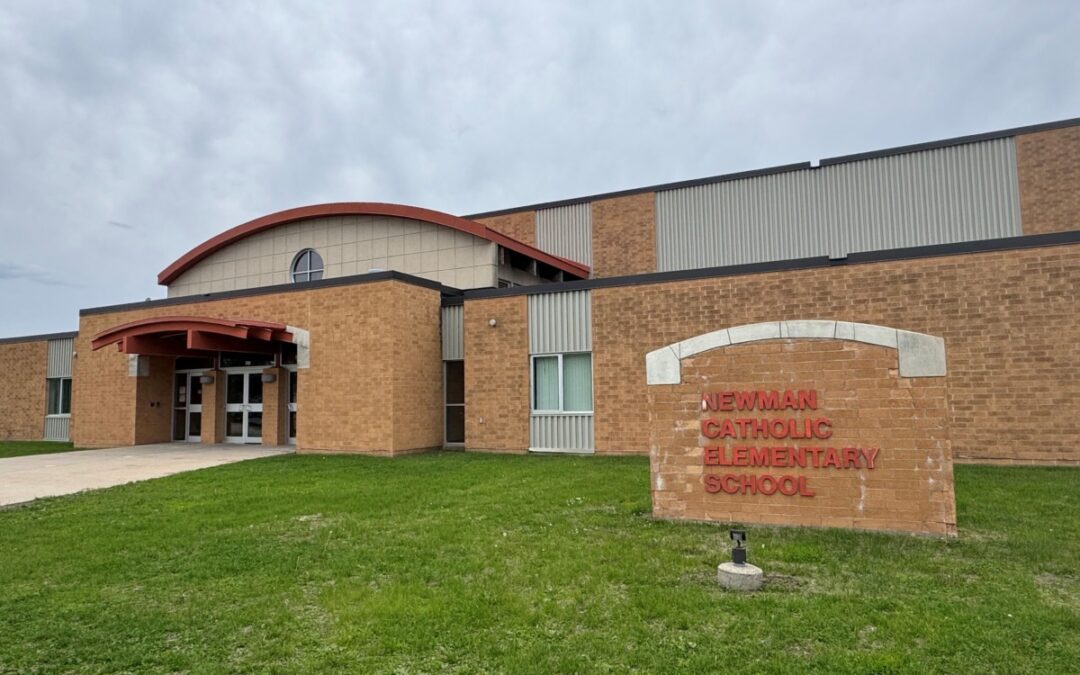
Critics warn of ‘money laundering’ as Iowa expands school voucher program
Iowans have a right to know how their taxpayer dollars are being used—but when it comes to the state's private school voucher program, that’s not...
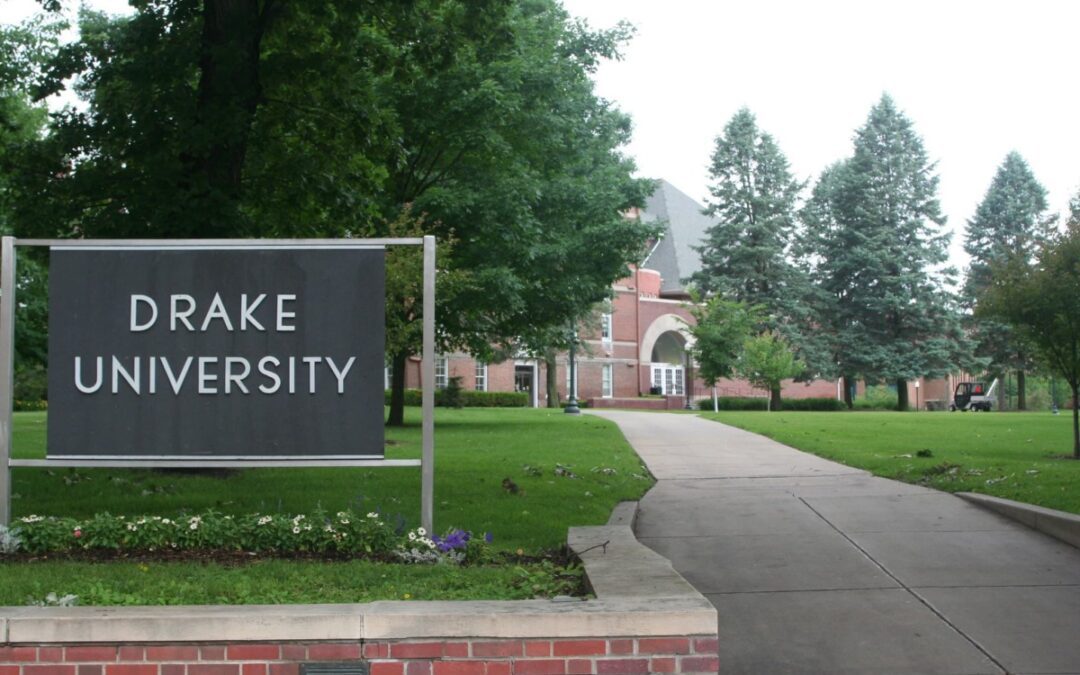
Find your passion at Drake University summer camps
Discover your passion at Drake University's 2025 summer camps! From voice training to business innovation, find the perfect program for high...
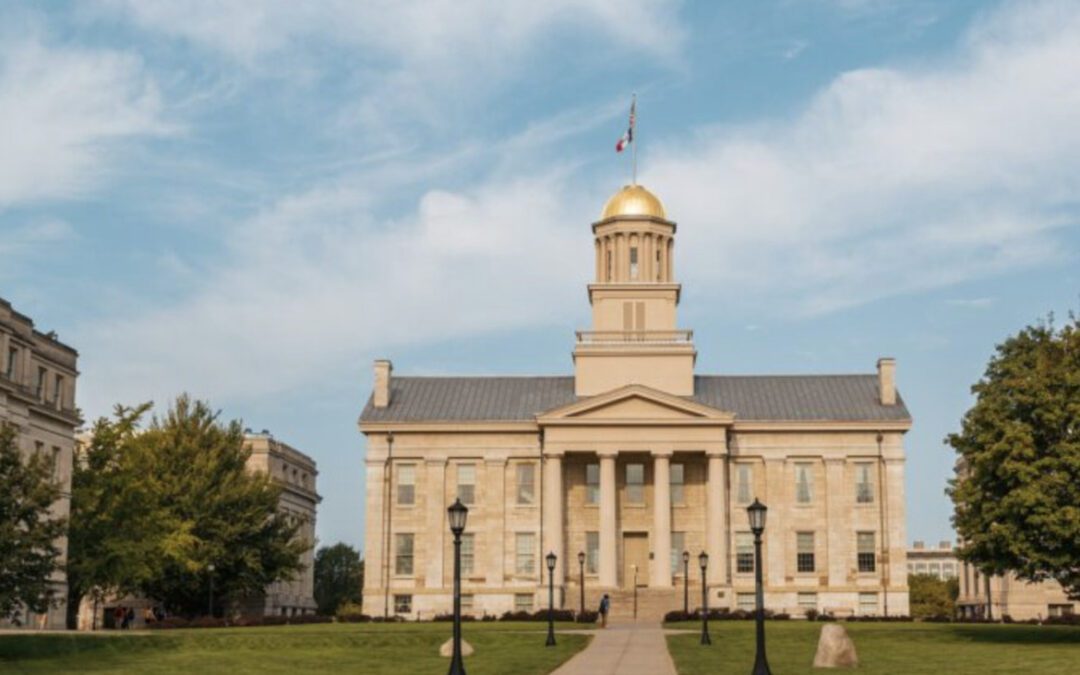
University of Iowa ranks high in US News grad school rankings
The University of Iowa boasts 52 programs recognized by US News for excellence, with rankings in the top five, highlighting its diverse academic...

Why the floodgates are open to help the wealthiest Iowans pay for their private education
Iowa Republican lawmakers have passed a bill to boost K-12 education funding by 2%—not nearly enough to keep pace with what’s needed for a...

Inside University of Iowa’s Fulbright program: A legacy of excellence
University of Iowa shines as a Fulbright Top Producer, sending students and alumni worldwide to teach, research, and build international...



